Follow our team on a virtual journey featuring smart contracts and dapps, collectibles museum, online fitness centers, the metaverse(s) and some insights on how blockchain use cases will shape the [virtual] landscape of the future.
This article illustrates blockchain use cases and elaborates on operations and standards necessary for the implementation of case studies using cryptocurrency as their backbone. Read on to understand more of the challenges faced by developers and managers in the blockchain industry.
Table of contents
- Why do I need blockchain technology?
- The metaverse: A step into digital life
- Digital identity: Your digital twin
- The NFT craze: Reviving the museum
- Shaping the landscape globally
- Conclusion
Why do I need blockchain technology?
You are probably wondering why, at all, blockchain technology is used in our case studies. Or why our team at UBC believes in- and builds innovative use cases for blockchain. The reason is quite simple: ethics, a.k.a. moral philosophy, or the discipline concerned with what is morally good and bad.
Now that may sound a bit far-fetched but blockchain has its own way to make participants part of a story: using valuable incentives. We think that these may disrupt how end-users act with your software. Of course, the incentives need to be designed correctly from the start on.
Having used blockchain protocols in the past years to overcome several technical challenges: for example during the development of our multi-blockchain bridge or the Health-to-Earn showcase with dHealth Network; We have observed a great potential for transparency in projects using blockchain technology. The open source nature of blockchain protocols is the reason here, of course. We think it actually offers a great deal of trust to anyone who can read it.
And last but not least, the integrity of data can be verified for any blockchain use case; quickly and at any given point in time. What is truly helpful here is that on-chain storage uses an append-only system. Hence data cannot be modified after being added. Additionally, every dataset is digitally signed using public key cryptography- this enables fast validation and makes data hard to forge.
Alright, let’s try to summarize the above in a two-liner:
Blockchain: A transparent communication system with incentives, secured by public-key cryptography.
The metaverse: A step into digital life
A first look into virtual reality
Alright so, introducing this word “metaverse” we’ll have to talk about one of the hottest topics around for us technologists: virtual reality (VR), augmented reality (AR) and mixed reality (MR). But let’s not go too far just yet. We will only elaborate on alternative realities and what the metaverse looks like.
By the time of writing, as of 2023 – [we don’t have flying cars yet] – builders and business managers around the world come to realize the impact that a fully digital experience can have on society. In fact, whichever media outlet you prefer doesn’t matter, you will probably have read stories about the metaverse lately.
Starting with Facebook renaming to Meta – [is that a mind trick?] – and offering some enlightening information on what they say, is the Metaverse [here]. To be fair though, Facebook has built one of the most authentic virtual reality experiences with the Oculus glasses. They know what they’re talking about.
So let’s have a look at exactly that: What does Facebook say [write] about the Metaverse: […] Imagine a set of digital spaces that you can move seamlessly between. […]. And that’s exactly what we are going to do!
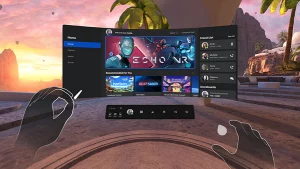
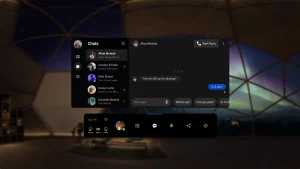
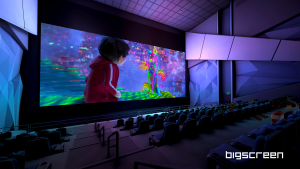
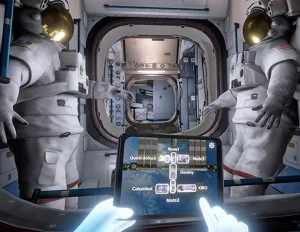
Society meets virtual reality
Let’s be clear here, most of the above pictures date back from … 2020. Thus, it has been a few years now that it is possible to watch movies in the virtual world. What else can you do? You can watch dinosaurs, too; and feel them right next to you. But human greed came in, and because of that watching dinosaurs is actually a paid experience.
In fact, many of the coolest features with VR, as we found out, are paid experiences. That is probably because building virtual reality experiences costs a lot and is complicated, still to date. Time to reassure you though- there are also some helpful examples of virtual reality in our society.
Let’s have a look at some of the potential blockchain use cases that can arise from a democratization of virtual/augmented/mixed reality:
- Education: Interactive and engaging learning, and realistic simulations for training purposes.
- Healthcare: Virtual practices for therapy, providing patients with immersive experiences.
- Architecture: Virtual prototypes of buildings for easier 3D visualization.
- Retail: The “try-on” experience in many industries: from clothing design to house furniture.
That is just to name a few. Let us now have a look at what these engaging and immersive experiences turn out to be. In the metaverse today:
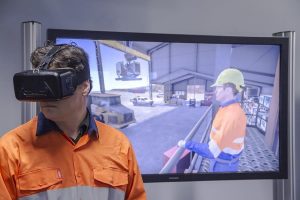
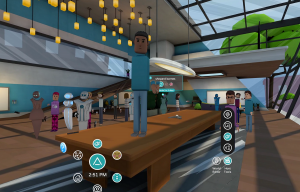




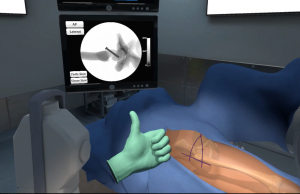
Alright – back to our blocks – let’s not forget that we are looking into blockchain use cases. In fact, why do we bring the metaverse in relation to blockchain, at all?
What are possible blockchain use cases in the metaverse?
In this entire pot-pourri of utility that virtual reality enables, is it really necessary to include blockchain? We better do so. As we have hinted, most of the landscapes that you see with an Oculus device, are property of Oculus. You couldn’t build a house there, just for you.
We learned a little bit earlier that blockchain networks notably define a transparent incentives layer. And by transparent, we actually mean open, public and accessible. In fact, we propose to use tokens – which can be owned digitally – to introduce proper incentives around virtual reality software.
Now, what does that look like? Blockchain use cases in the metaverse could be the door lock to access your virtual property (or house). Or, it could be the energy grid for your virtual house. Or, very simply put- you could own tokens in your virtual wallet.
- Unlocking access to virtual property using NFTs ; but also
- Paying for goods and services in the virtual world ; and also
- Tokenizing parts of the economy, e.g. energy use, consumption, etc. ; and even
- Optimizing supply processes in virtual worlds with more transparency.
Let’s analyze these possibilities a little further as for many applications, even in the metaverse, a proper definition of a digital identity will be key to bring the next evolutions [of the metaverse], and that’s where blockchain steps back in.
Digital identity: Your digital twin
First let’s rabbit-hole into the idea of a twin of your own, one that you own digitally and can change as you may wish. The closest version of this, right now, are virtual avatars that you can create on some platforms, e.g. ReadyPlayerMe.
Of course, it’s cool to be able to 3D-design a similar – or different, new – copy of yourself and go for a walk using your VR-glasses. But that’s not all that your digital identity should represent.
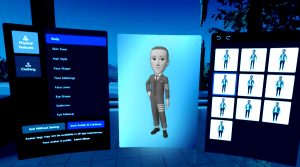
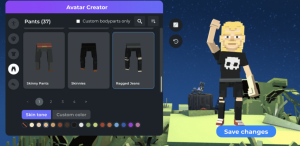
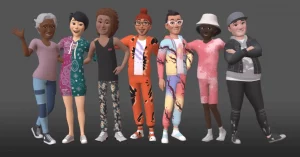
Defining yourself digitally
Is that not what all these social networks do for us? Build a [precise] profile of what you do, what you like, what you like to listen to, what you read, what you play, and the list is quite long nowadays. Does that ring a bell- yet? We’d give it that what social networks are trying to own is precisely what we would think of defining ourselves digitally. They nailed it- eh?!
Partially, I’d like to comment, because you are not just a social profile. You are much more than that. A human and its mind can bear 2.5 million gigabytes of memory, they say. We’re not here to challenge that, not today.
Industry insight: We had the chance to collaborate with dHealth Network and Roche on a project related to patients identities and how patients’ own data can be harnessed. We ended up introducing many new concepts with a QR-Code-driven Mobile software that encapsulates key management, access to data and the sharing thereof compliant with privacy regulations worldwide.
You are what you create.
Taking this creative mindset will help us along the next chapters, as we start to map your digital self to things you create on the web. Back to earth, nothing comes out of thin air, so we’ll have to create, first.
The NFT craze: Reviving the museum
That brings us now to the types of things, or archives, or files, that you can own and create and that are linked with your digital identity. Out of the top of my head, I can think of text documents, pictures, graphics, 3D-design files, music samples, videos, scanned documents or archives with many of these inside. But what else? Wait a minute- there are many, many, possibilities here.
Images, pictures, and more
In case you ever wondered why your pictures files end with .jpg or .jpeg, or .png ; the reason for this is that it helps your operating system to understand how it will interpret – or execute – the file. In other words, when your computer detects .png in a file that you double-clicked, it is able to tell that it needs to display a picture.
This works quite nicely and is based on the definition of file extension standards; these are sometimes public, for open source file format, but they are also often proprietary. An entry in Wikipedia lists an impressive number of known file formats here.
Getting back to our beloved NFTs and blockchain use cases, we brought up the file extensions topic because what is known today to be a NFT, is often just a picture or an image which is created on special platforms like OpenSea or Rarible. These platforms register a copy of the image, or sometimes just a reference to the image, on-chain using popular blockchain networks including Ethereum and Polygon.
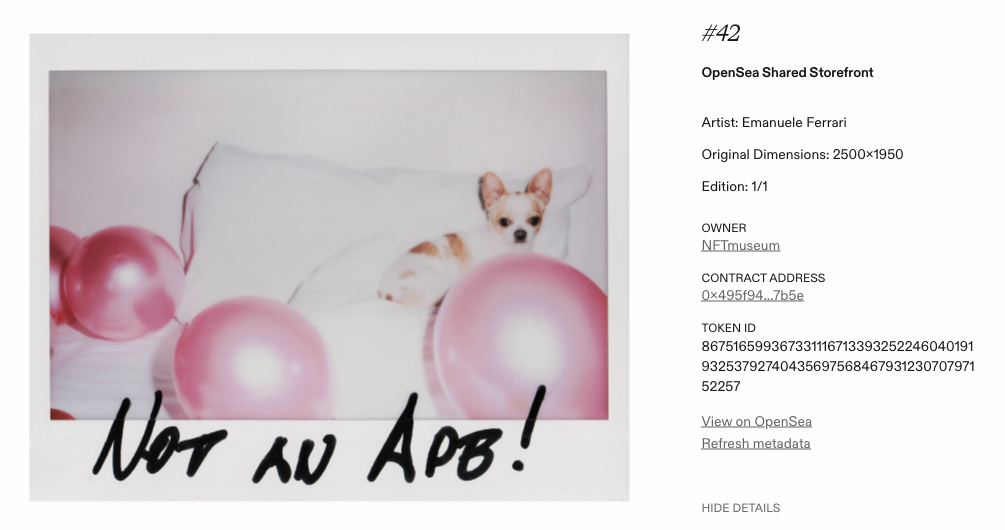
A little bit more to it, there is… Most of these images can be exchanged directly on-chain using standards defined by the underlying blockchain protocols. This part is what makes you the only person to have the ownership over said NFT.
Now comes the tricky part: each of these NFT platforms may define its own layer-2 business logic, i.e. on-top of the blockchain protocol. That makes it more complicated to re-use the tokens on different platforms, or trade it without using a platform at all (peer-to-peer). In fact, a token created on OpenSea is [rarely] also available on Rarible, and vice-versa.
School trip to the museum
Alright, we’ll go for a visit to the museum with our class here, does that sound good to you? Well, a bit of a special visit to the museum tho, it is going to be digital. Yes, you read that right, fully digital museums exist, e.g. here, here and here. These usually take the form of art exhibition events that take place in Virtual Reality – or in the metaverse.
To illustrate the above a little, let’s have a look at an example of augmented reality. This picture was taken from a school visit to the museum. The beauty of this: you can access these features with devices like your smartphone or your tablet.
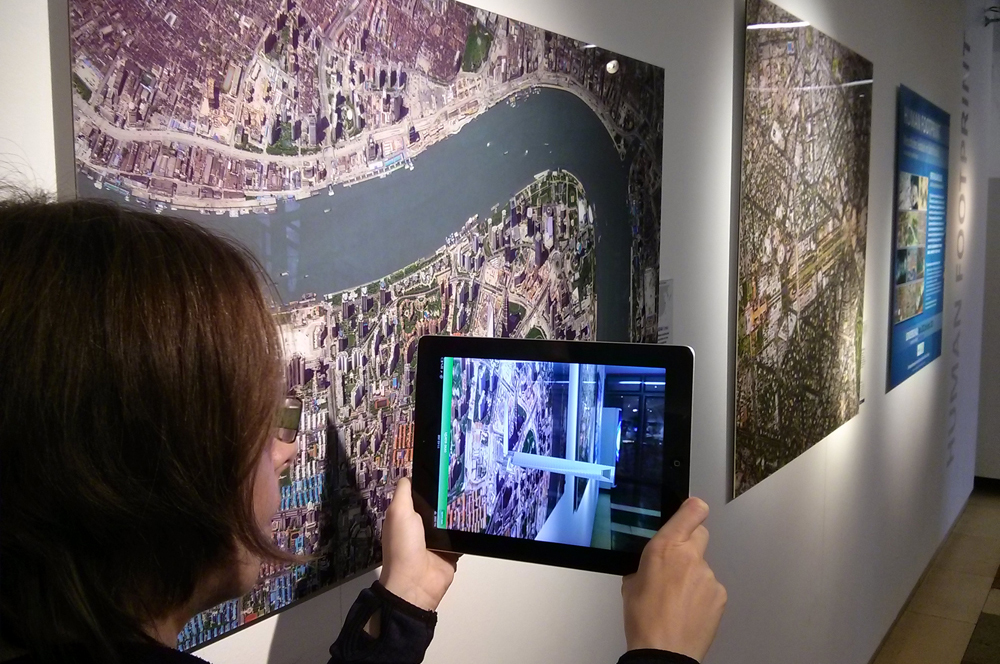
There is more than just displaying images in an art exhibition run in virtual reality. And there could be even more potential if we scratch the surface a little.
Augmenting the museum experience
Using augmented reality, the museum experience may get even cooler because we may reach a level of educational usage of NFTs and blockchain use cases – vs. the ever-lasting human ego-markets [NFT images]. Again, producing content for a mixed reality audience is quite expensive; and sadly, as you may know already, education is not the most funded human interest.
Right, so, we’ll have to improvise about a museum or a place to meet. And in order to avoid proprietary solutions for virtual reality “spots”, let’s have a look right here of what a virtual reality museum looks like and how augmented reality can fit in the mix:
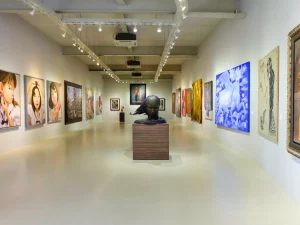
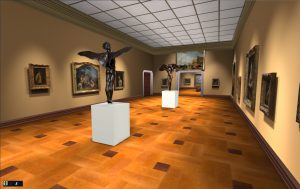
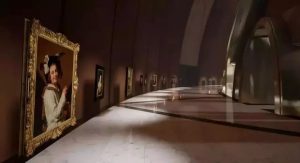
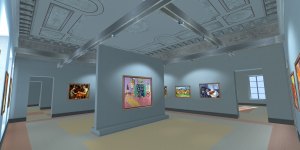
Shaping the landscape globally
What is most likely to happen, is that tech giant companies will run some variations of metaverses that can be freely accessed [or paid] and customized to your wants and needs. There is also open source and decentralized alternatives out there, e.g. Decentraland.
If you were able to book a spot on such platforms- what would you build on it? Or would you just buy it to further rent it or resell it? Tell us in the comments section!
Opportunities are plenty if you ask us; we are yet to see a multiplication of these platforms which will materialize virtual worlds and make them interoperable and reusable, time will tell about this emerging market.
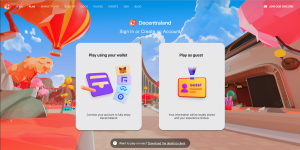
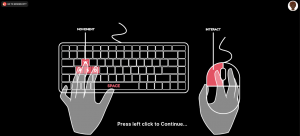
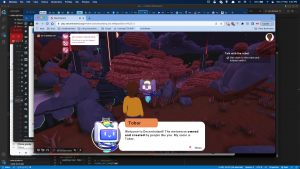
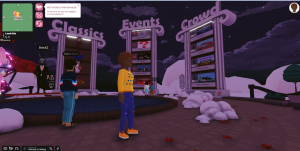
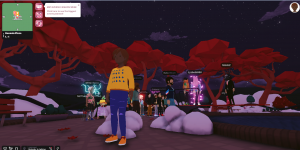
Conclusion
As the virtual world and metaverses are still under [heavy] development, it is possible that some of the listed platforms would not exist anymore, in the future. Yet, blockchain may benefit the industry in enabling interoperability with objects in virtual worlds:
With blockchain storage being immutable, data stored on-chain will remain forever.
This is true because blockchain networks are peer-to-peer communication protocols that base their storage formats on network-wide consensus rules. You can only add data to the chain given that a network node accepts your data and includes it in a block. Thus, whatever is added to a blockchain is also validated and [redundantly] stored by every node in the network.
What Decentraland did, is that slots of the open world are tradable assets. This enables a market for land that can be fully customized on the platform. You could buy your first piece of land, virtually, right now!
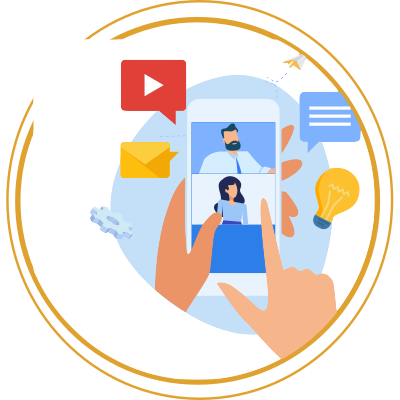
We hope that this article was insightful for you and are looking forward to any feedback and messages. Please share your thoughts in the comments section below!
Disclaimer
This website may contain information about financial firms, employees of such firms, and/or their products and services such as real estate, stocks, bonds, and other types of investments. While this website may intend - as the author deem necessary - to provide information on financial matters and investments, such information or references should not be construed or interpreted as investment advice or viewed as an endorsement.
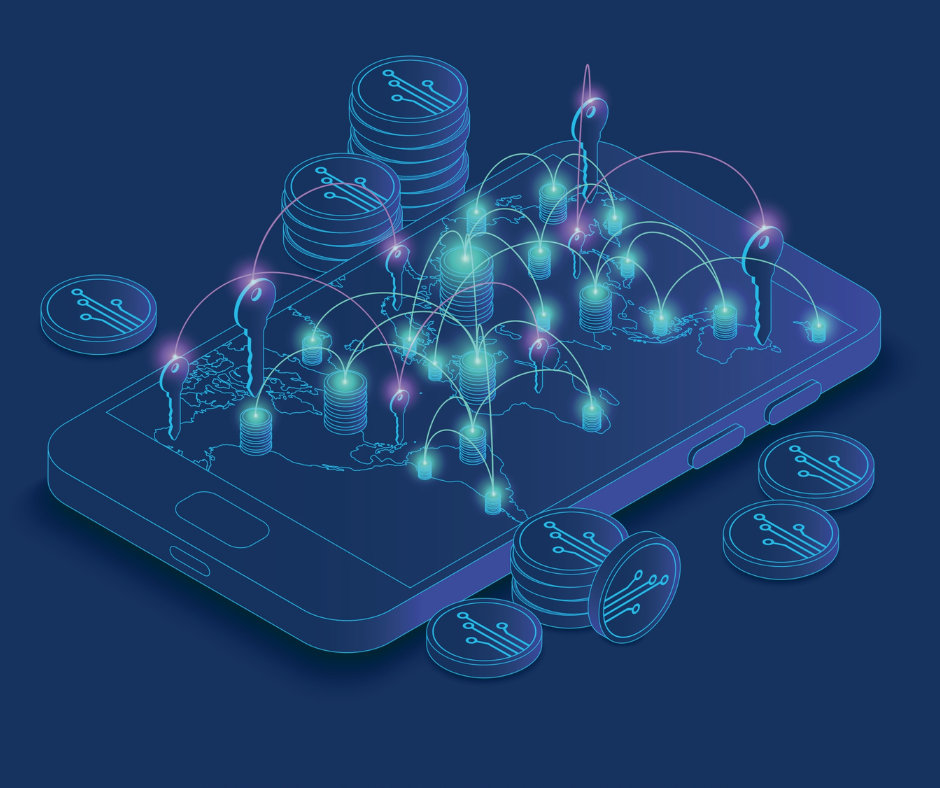

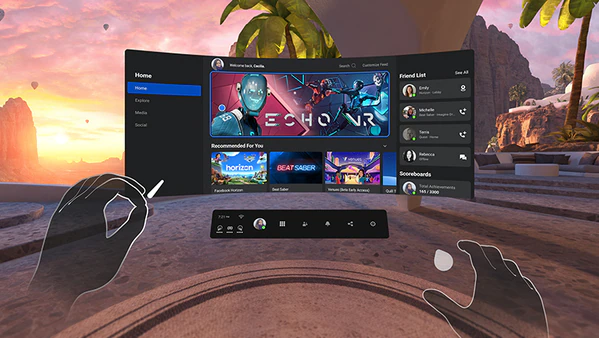
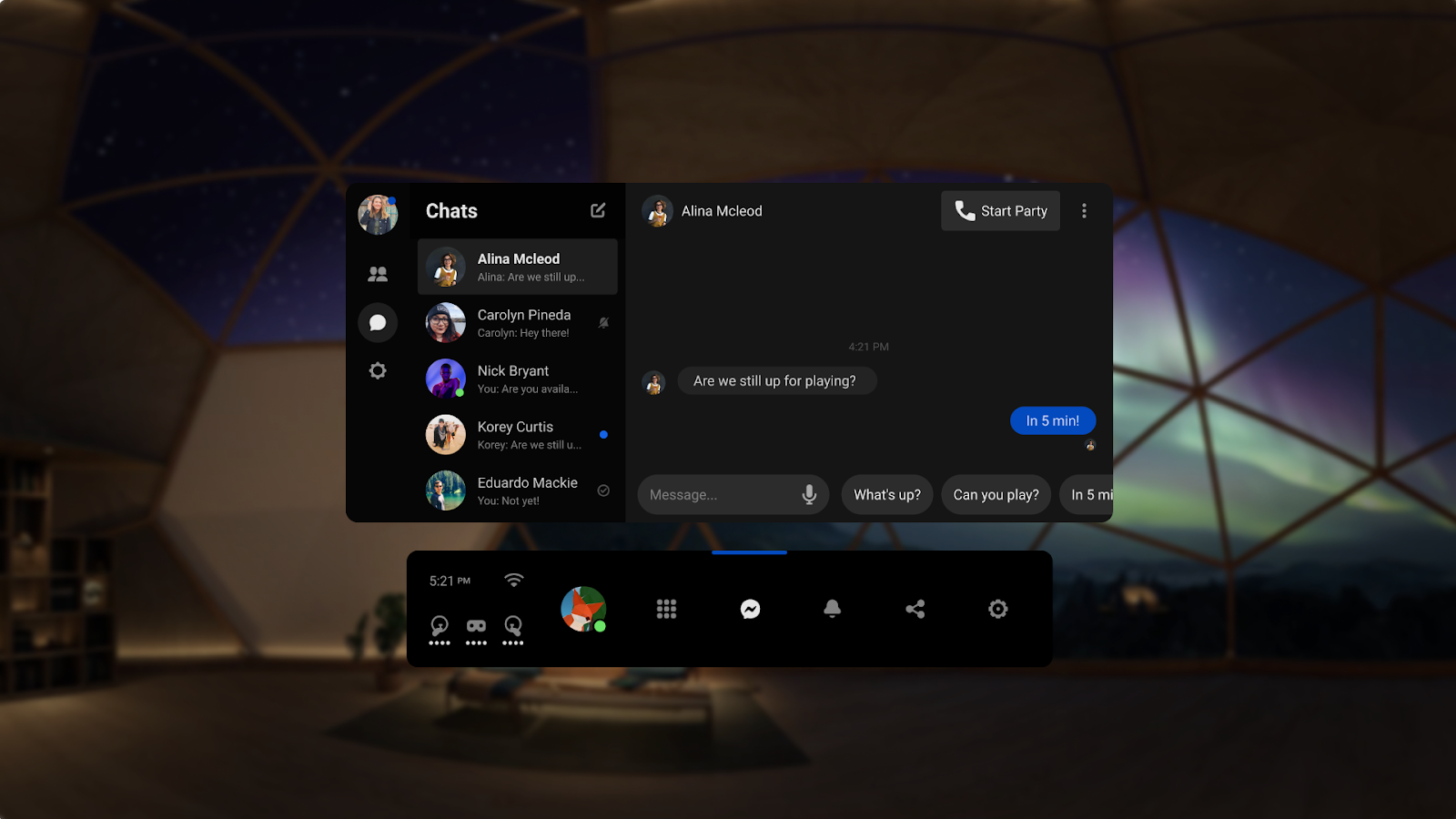
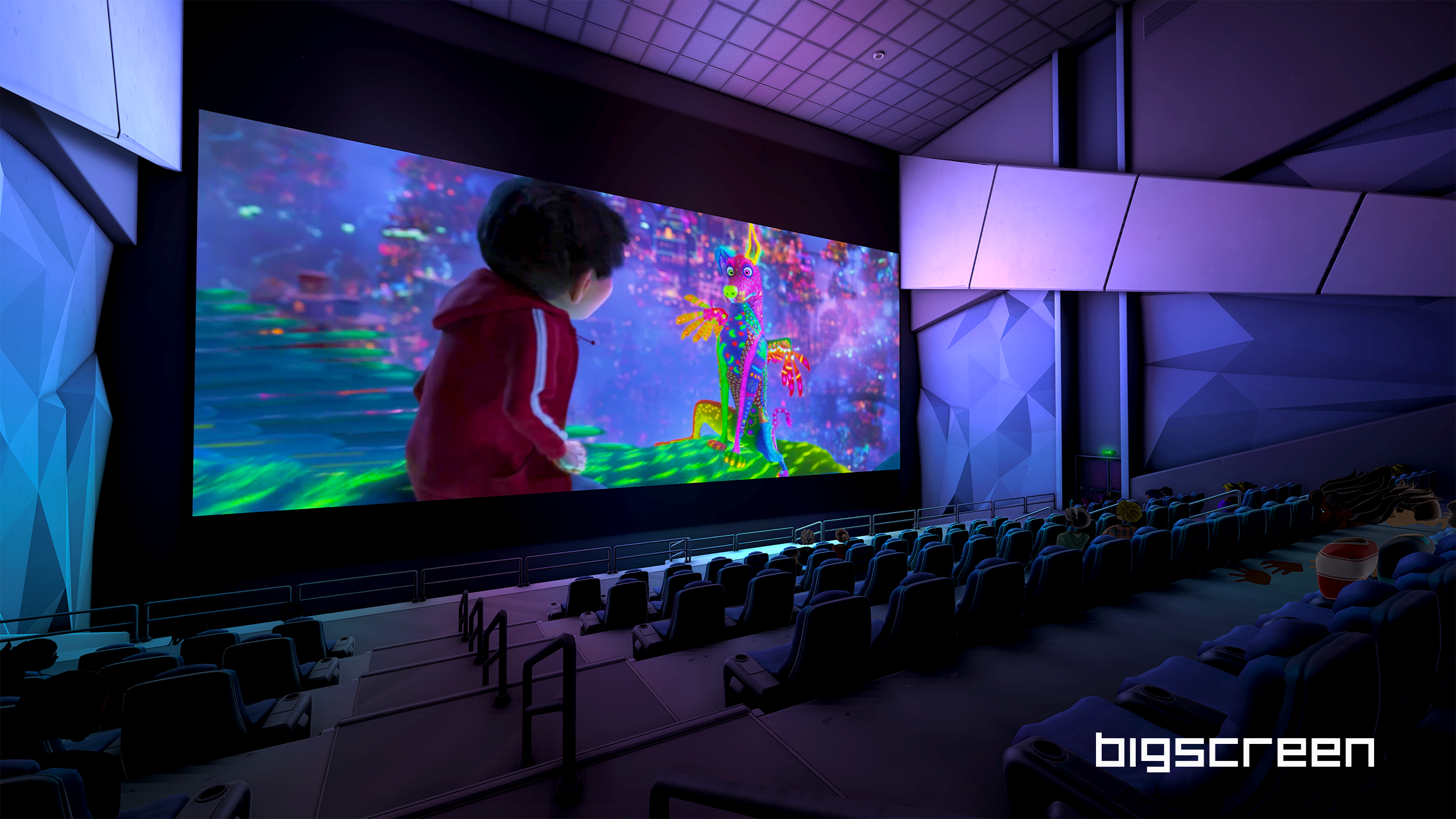
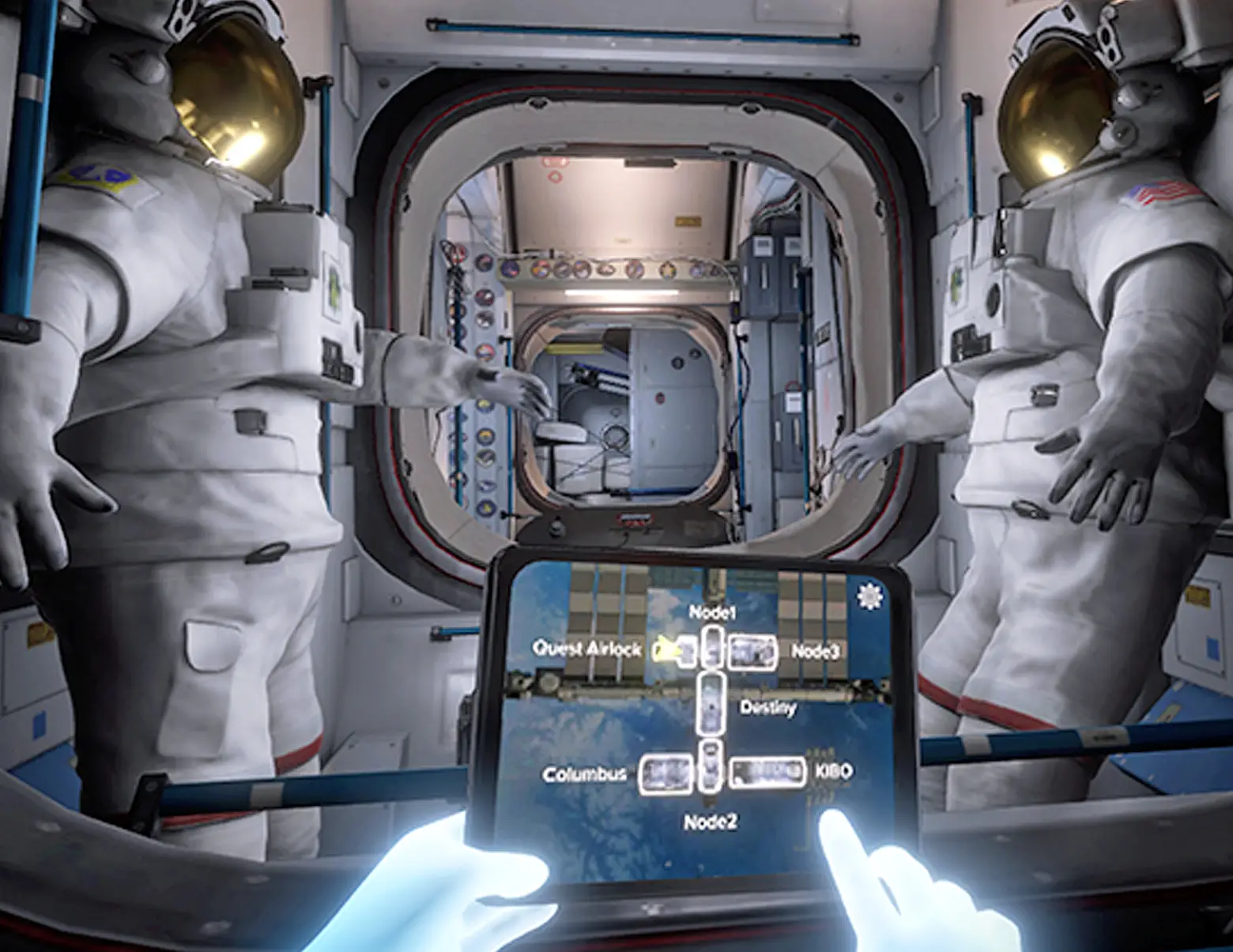
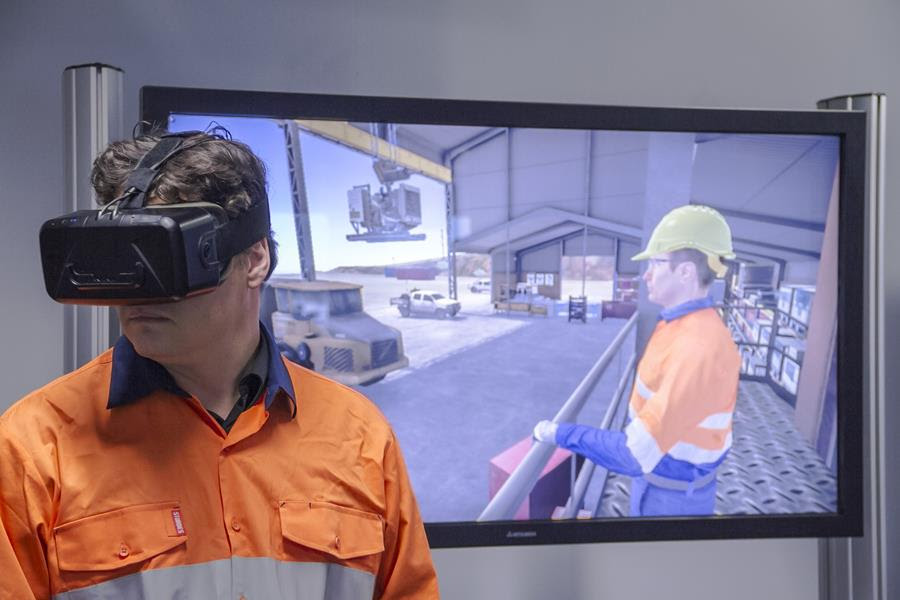



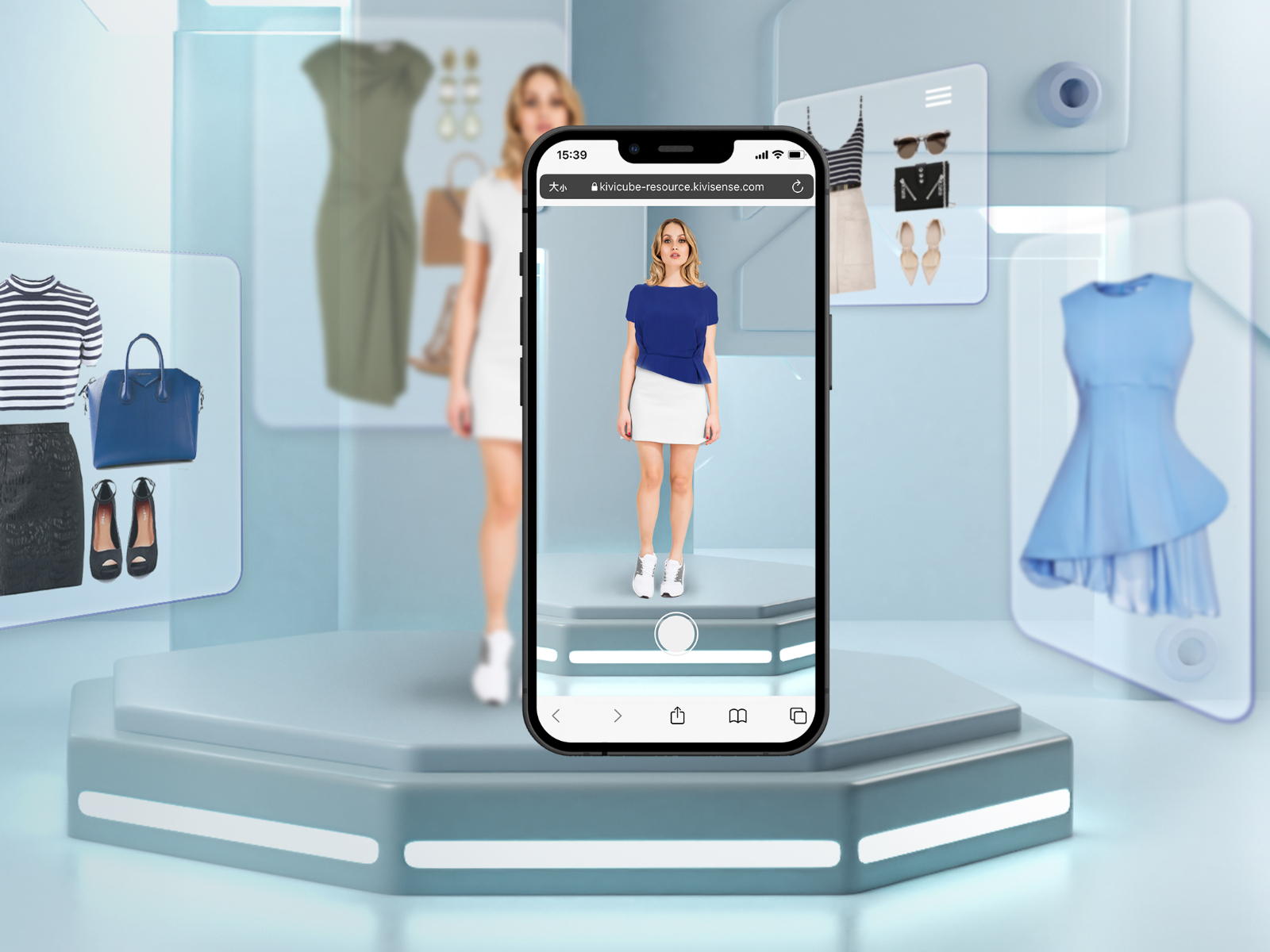
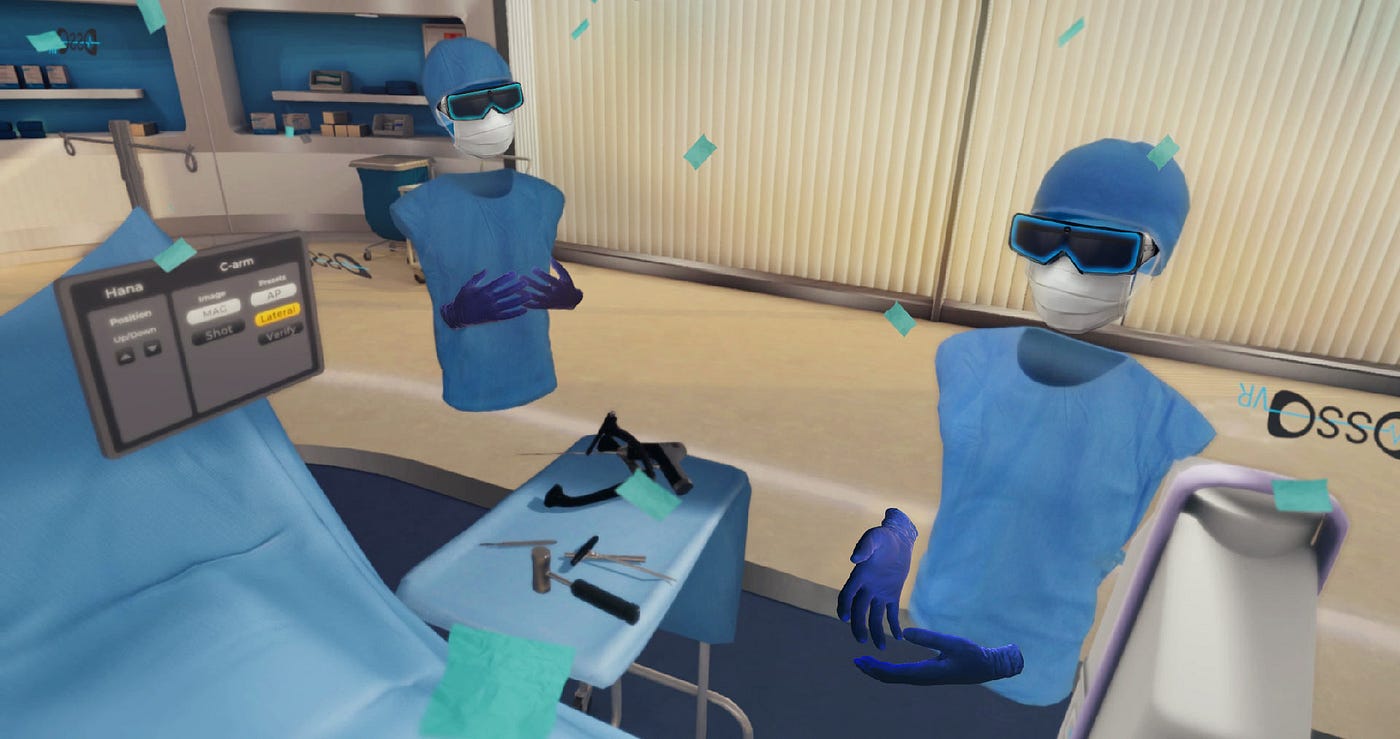
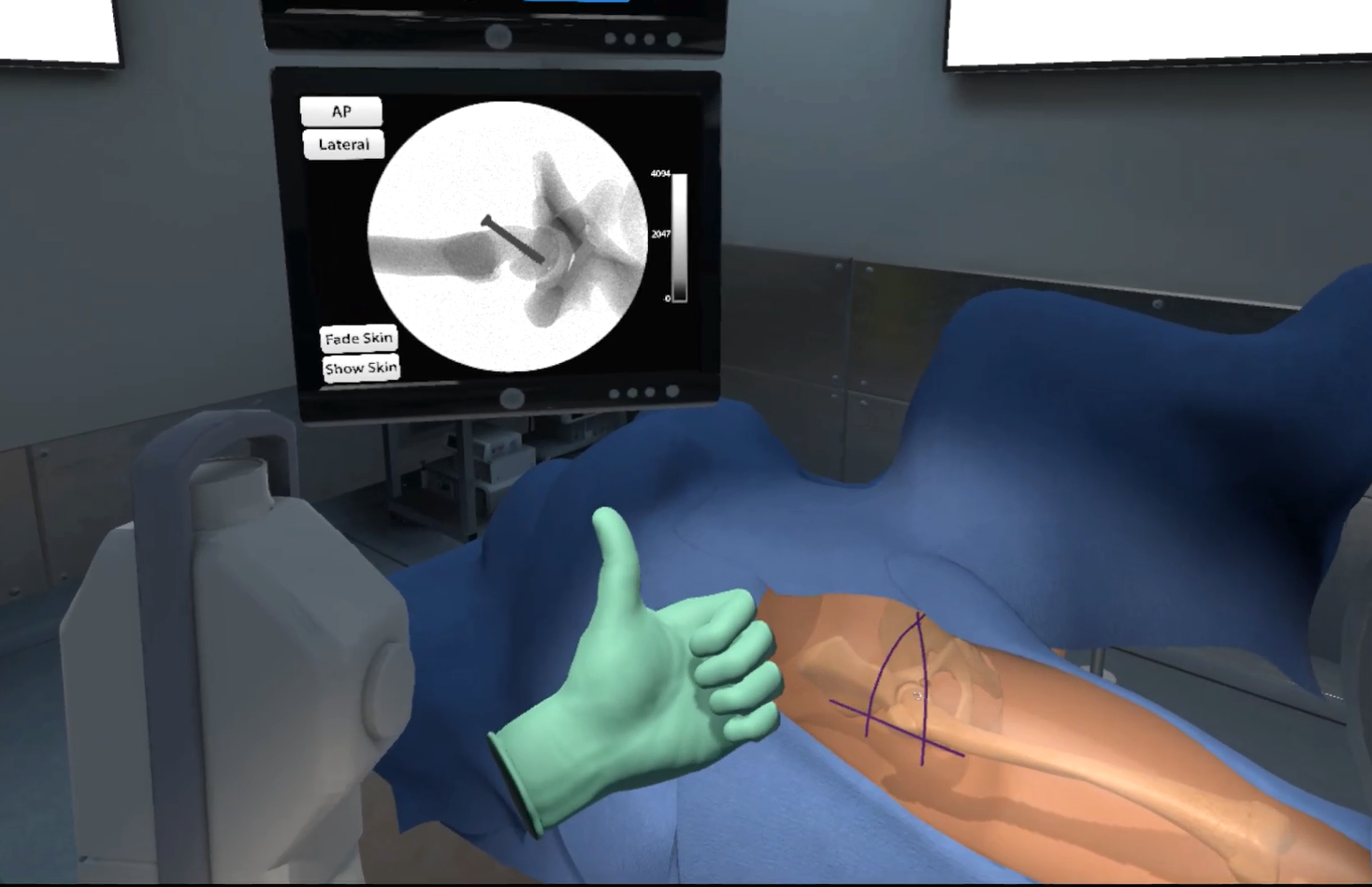

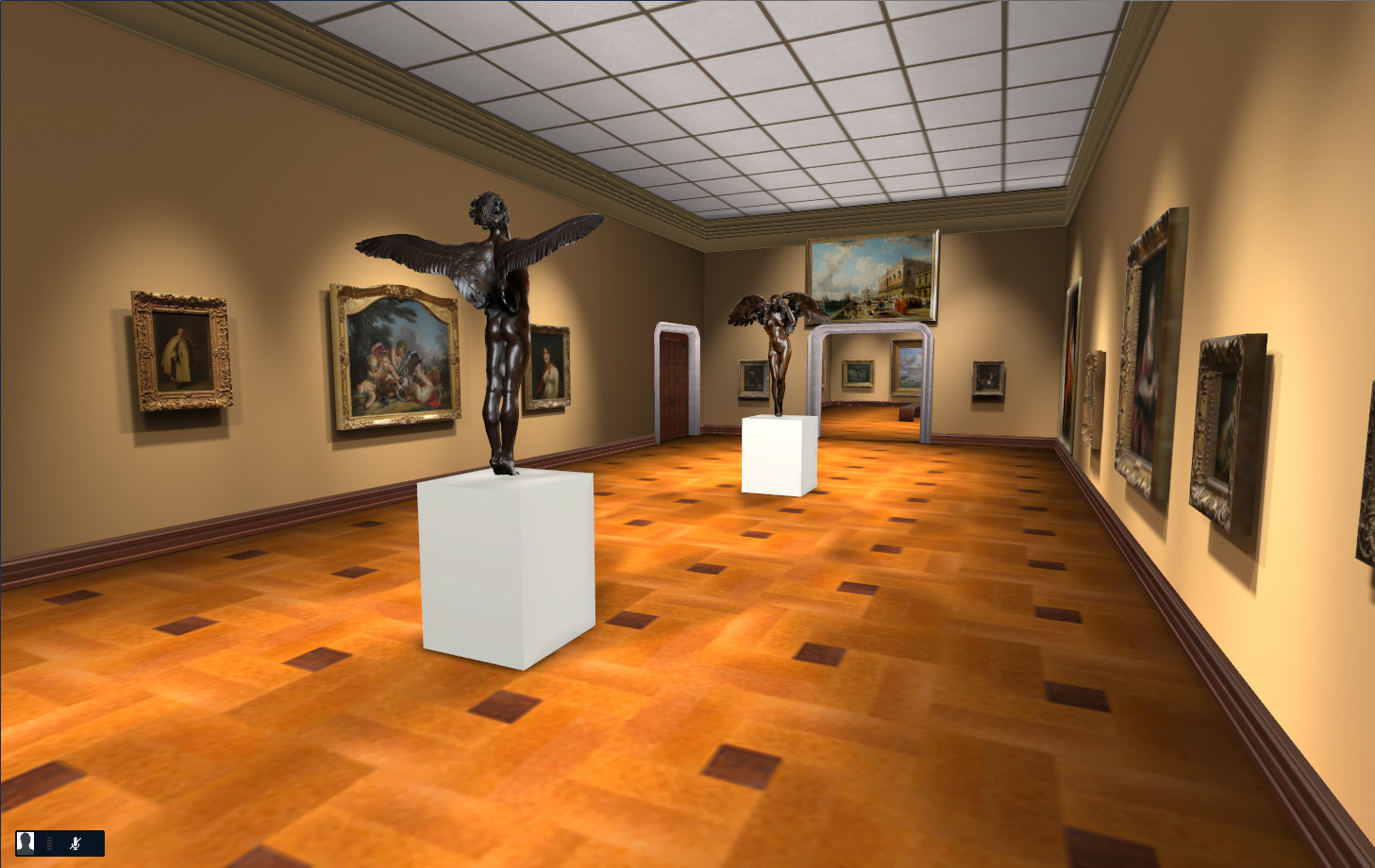
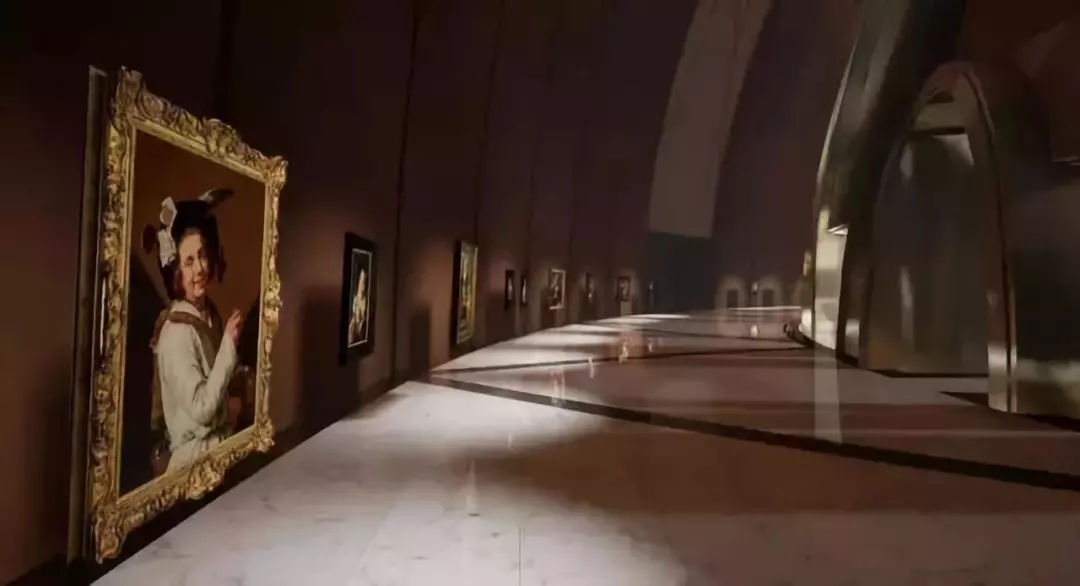
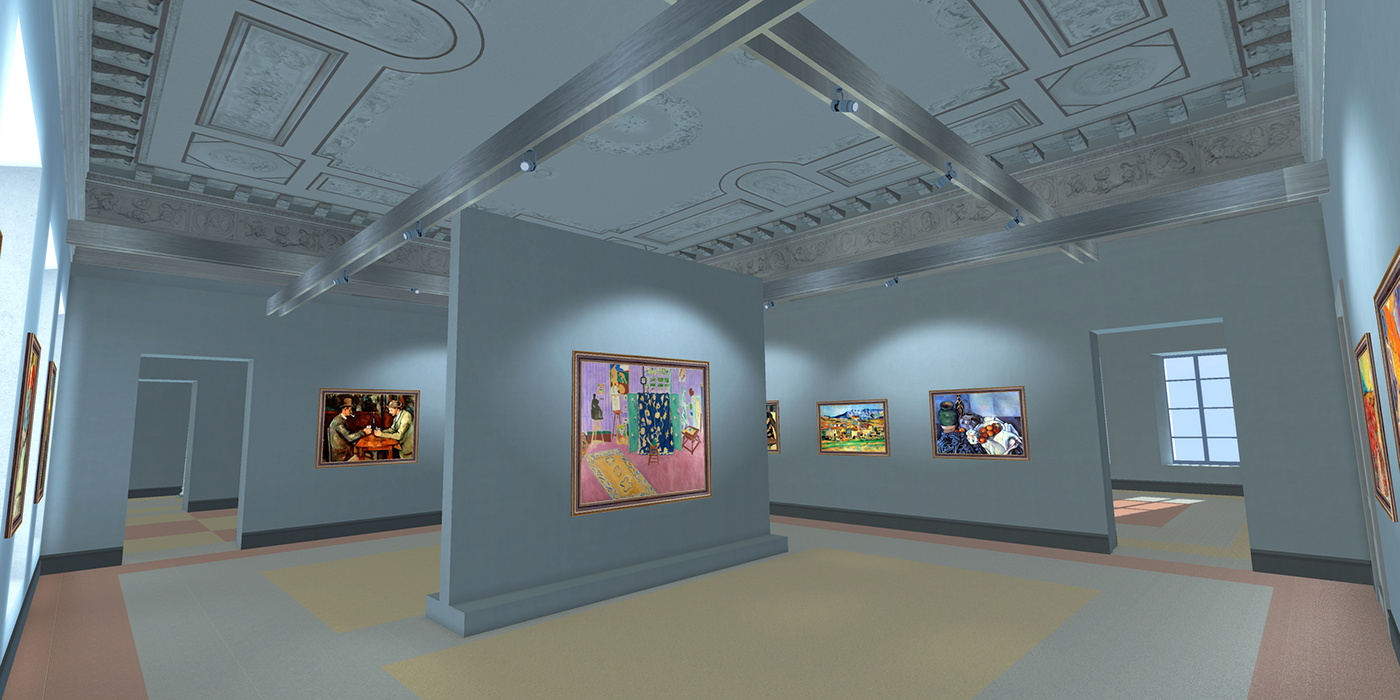
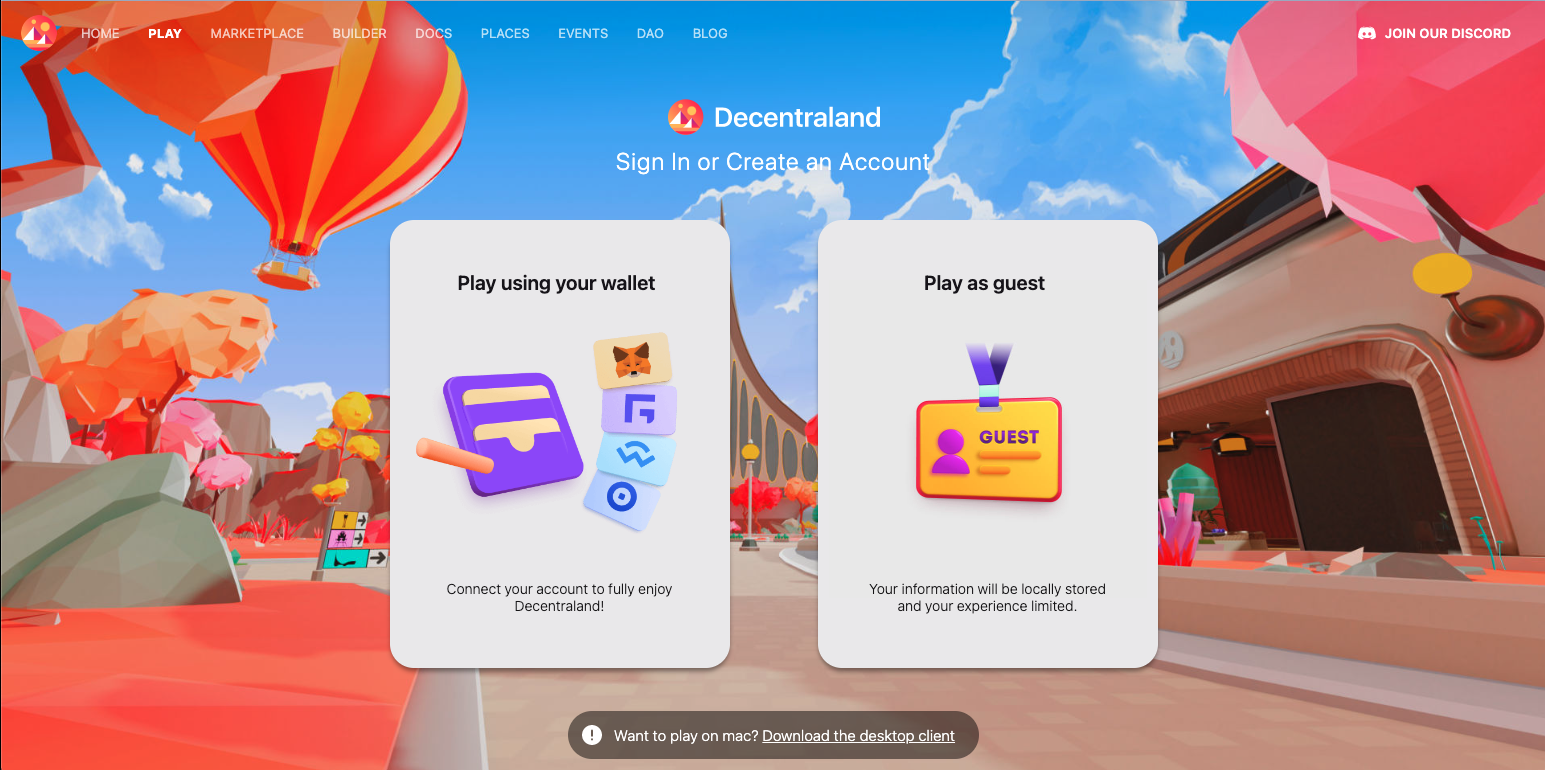
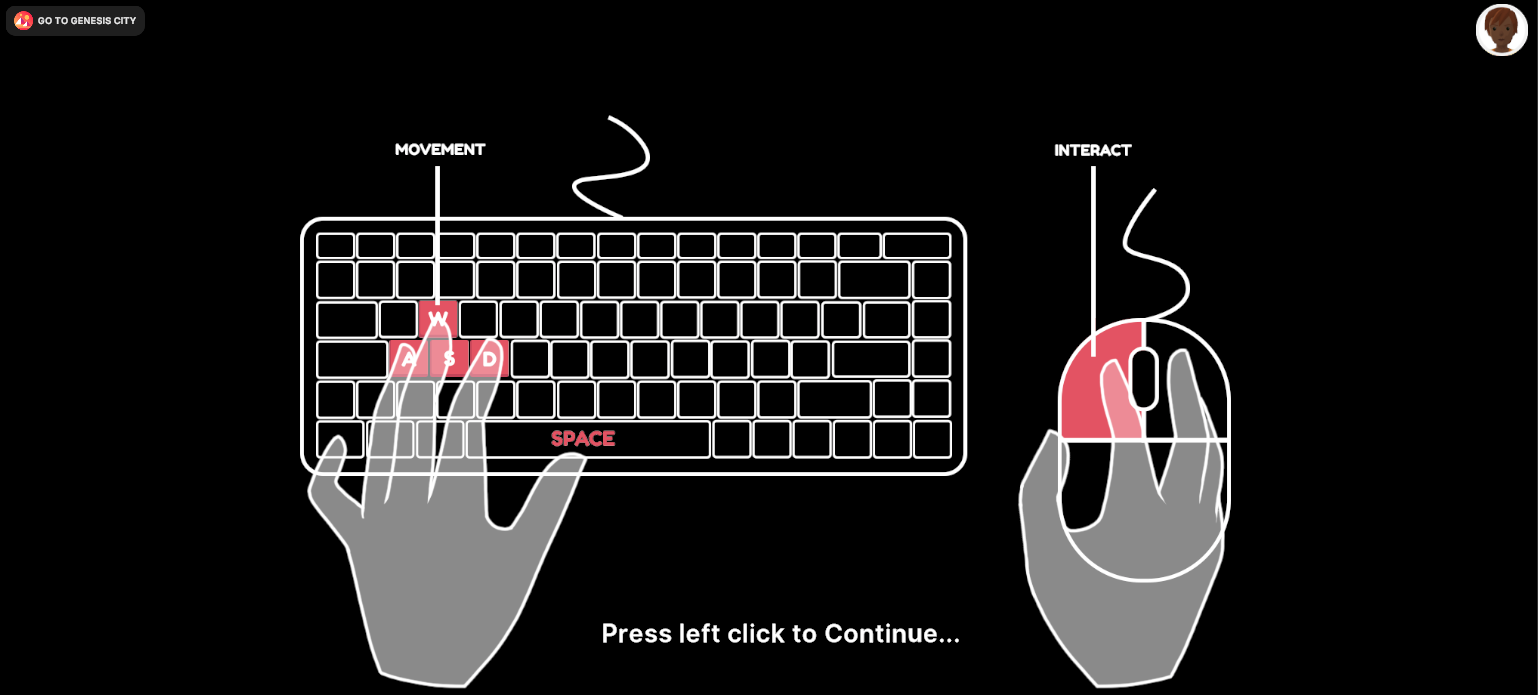
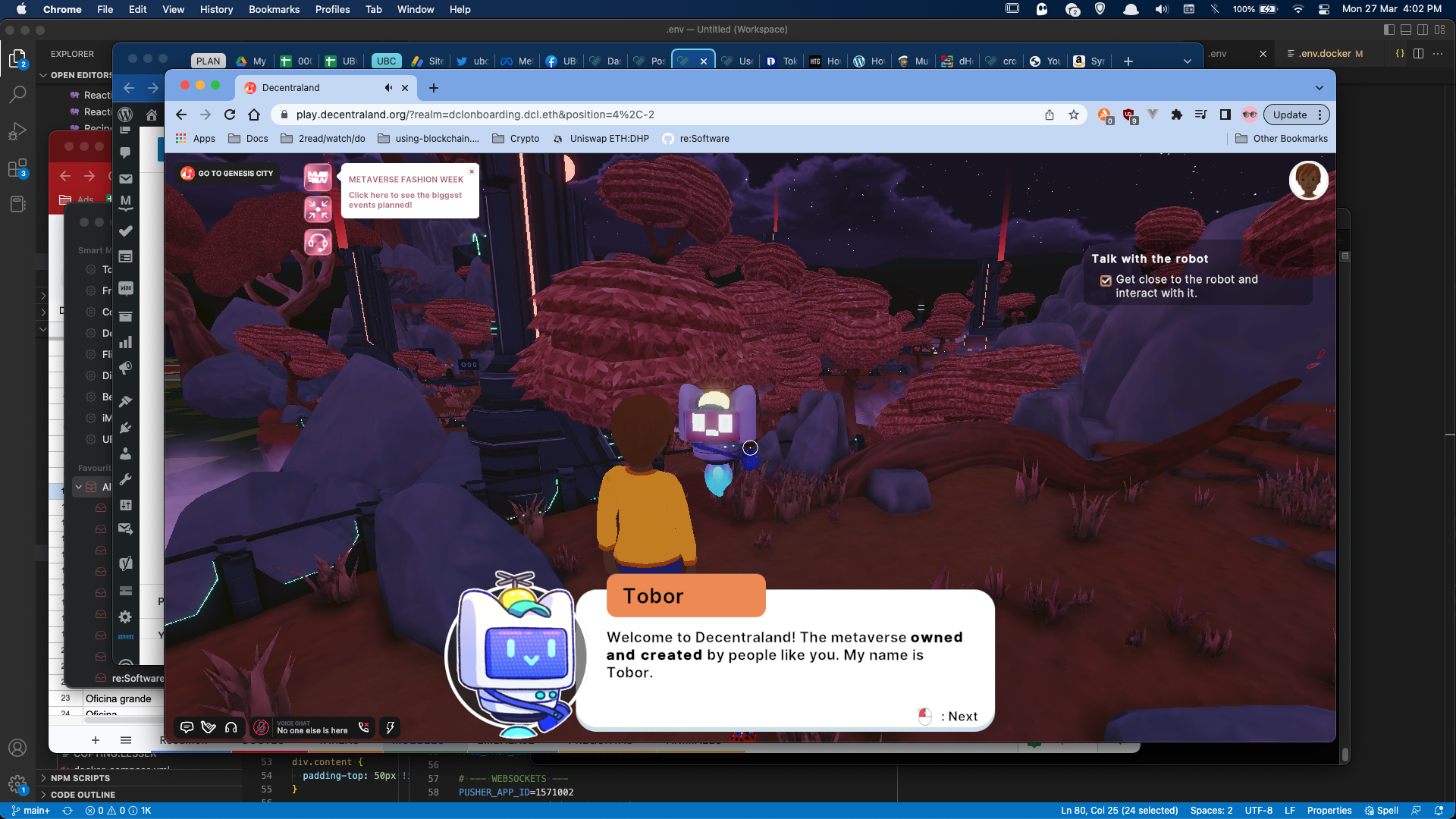
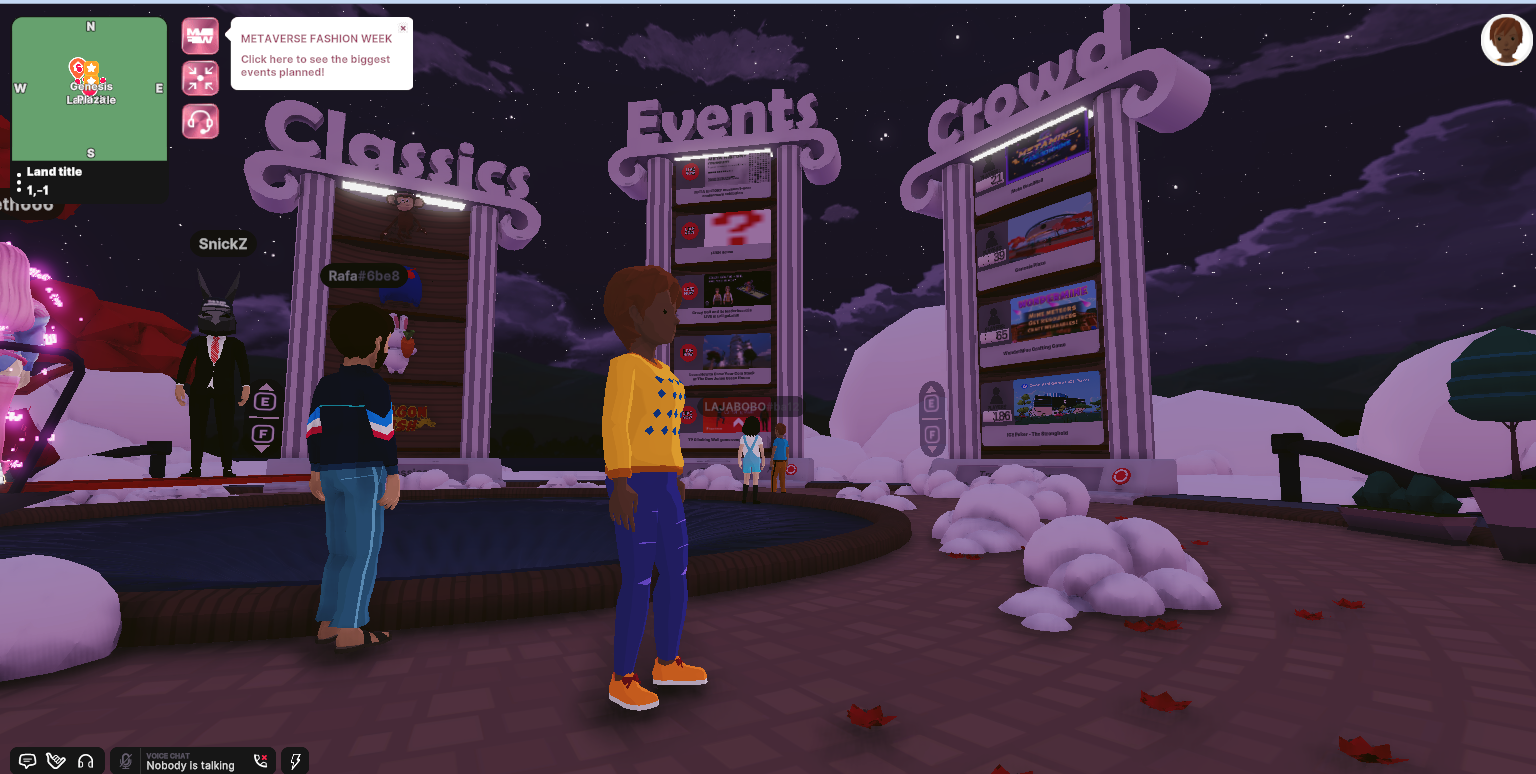
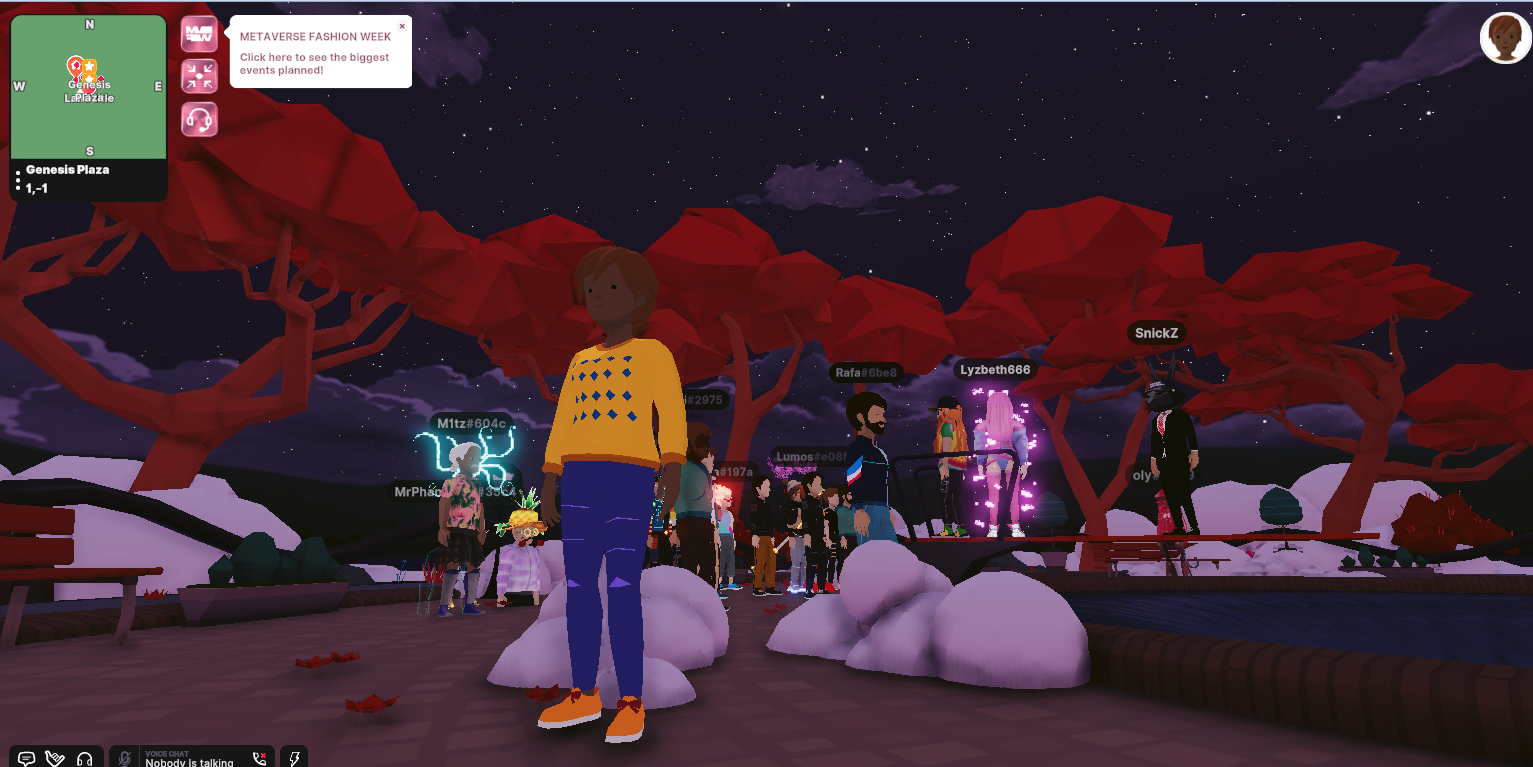
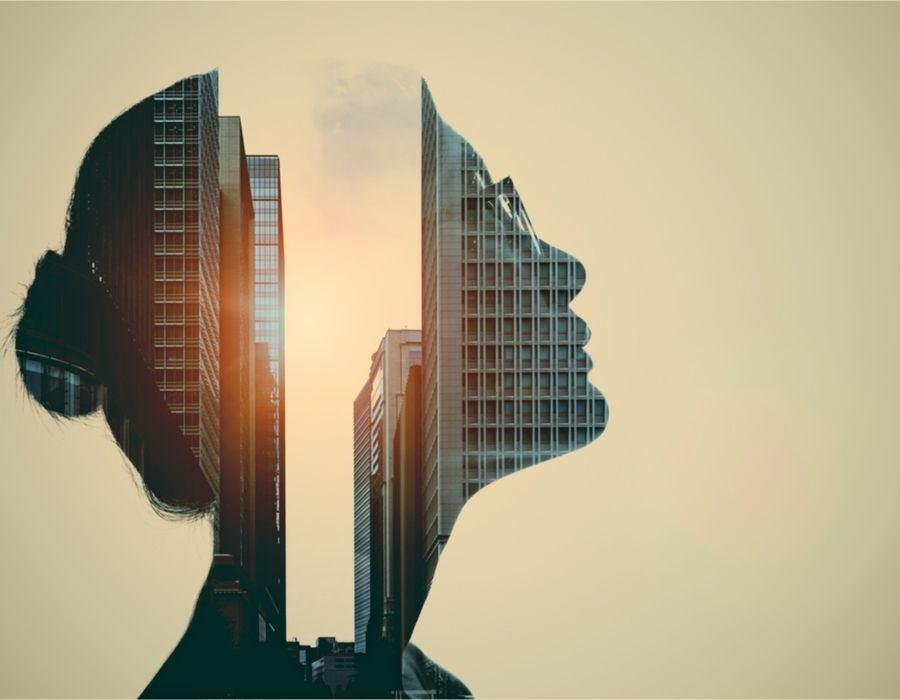

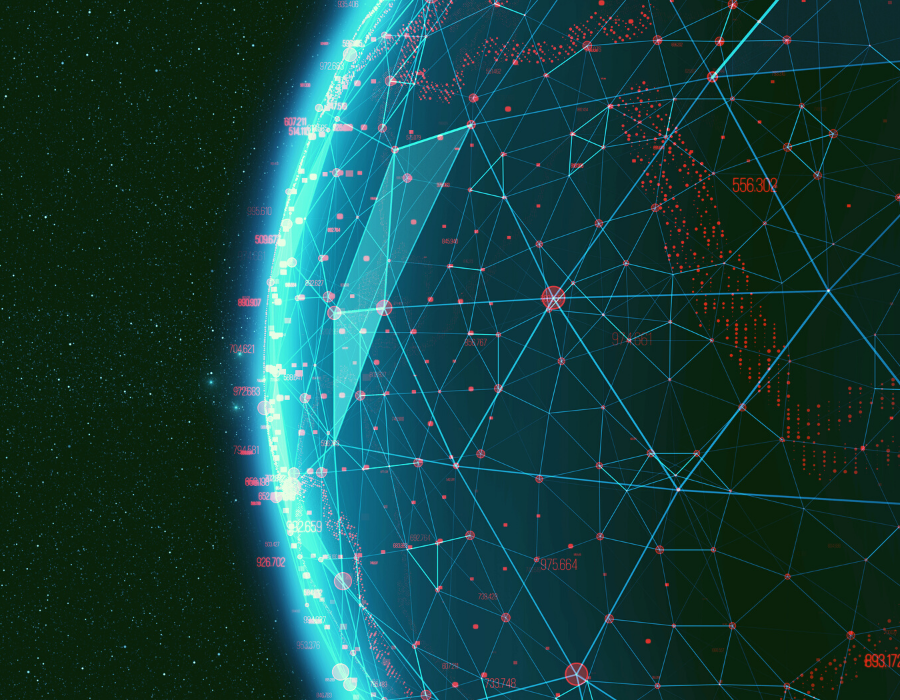
I found this article informative and insightful!
I lived the pun here: “a token created on OpenSea is [rarely] also available on Rarible, and vice-versa”.
Great read!
How can governments promote the responsible use of digitization?
Great question!
A far shot from us would be to first support blockchain infrastructure (open + public), and develop SDKs to further standardize the term “digitization”. With some government supported SDKs that are focused on ethical and/or correct use of Web3, and a correctly distributed infrastructure, it will most likely allow governments to responsibilize businesses in their handling of cryptocurrency and blockchain technology.